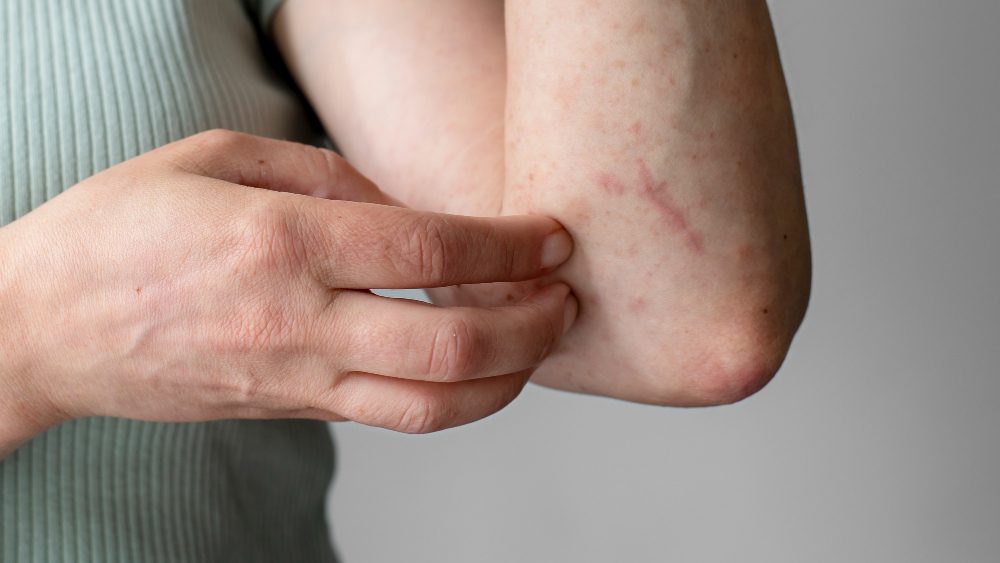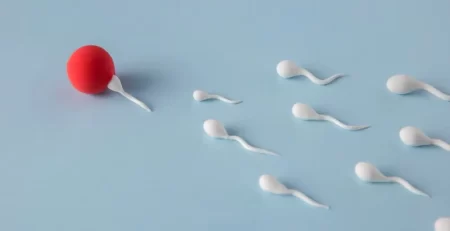Everything You Need to Know About Warts
What are warts?
human papillomavirus (HPV) causes warts, which are raised bumps on your skin (HPV). People have had warts for a long time. They were discovered on a mummy that was 3,000 years old, and Shakespeare wrote about them.
Even though warts aren’t usually dangerous, they can be painful, embarrassing, and spread to other people. Also, they can hurt. Warts, on the other hand, can be treated, either at home or by a doctor.
What are the types of warts?
Warts come in five main kinds. Each kind shows up in a different place on the body and looks different.
Most common warts grow on the backs of your fingers, toes, and knees. But they can show up in other places.
They can look rough, thick, and grainy, and the top can be round. They might look like a head of cauliflower. Most common warts are grayer than the skin around them.
They can be as small as 1 millimeter (mm) to 1 centimeter (cm), and they can be alone or in groups.
These warts are usually not serious or painful and can go away on their own.
Some of the signs and symptoms of common warts are:
- Small flesh-colored bumps that can be hard, rough, and grainy and have small black spots where blood vessels have clotted.
- They can spread to other places if you touch them.
Plantar warts
Plantar warts grow on the bottoms of people’s feet. Plantar warts are different from other warts because they grow into your skin instead of out of it.
If you look at the bottom of your foot and see what looks like a small hole surrounded by hard skin, you might have a plantar wart. When you have plantar warts, it can be painful to walk.
Plantar warts can happen in two different ways on the bottom of the foot.
Myrmecial-type plantar warts
HPV type 1 causes these warts. Some signs and symptoms are:
- deep, tender warts that grow inward due to standing or walking
- pain with direct pressure
- can feel like you are stepping on pebbles
- yellowish skin that appears callus-like
- can have black dots
Mosaic-type plantar warts
HPV type 2 causes these warts. Some signs and symptoms are:
- small surface-level warts
- a mosaic pattern of multiple warts appearing in clusters
- less painful than myrmecial-type plantar warts
Flat warts
Flat warts, Often found on the face, thighs, or arms, these growths are also called “juvenile warts.” HPV types 3, 10, and 28 often cause them.
They are small and hard to see at first. Flat warts look like they’ve been scraped on top. They can look like flesh, pink, brownish, or a little bit yellow. Most of the time, they grow in groups of 20 to 200.
Flat warts are usually not painful and show up in places where your skin has been cut or broken, like where you shave your face or legs. They are also common in kids and can be passed from person to person.
Some of the signs and symptoms of flat warts are:
- small flat, round, or oval marks on the skin
- flesh-colored marks
- usually not painful
Filiform warts
Filiform warts grow around your mouth or nose or sometimes on your neck or under your chin. They can spread to other parts of your body and can make you sick.
The shape of a filiform wart is like a small flap or tag of skin. They can stick out of your skin in thin strands that look like fingers.
The colour of filiform warts is the same as your skin. Most of the time, they don’t hurt, unless they happen in a sensitive place like a crease in your skin.
Filiform warts can have the following signs and symptoms:
- small growth that extends off of the skin
- flesh-colored flap
- quick growth
- usually not painful
Periungual warts
Periungual warts grow under the fingernails and toenails and around them. They can be painful and slow the growth of your nails.
They start out small, about the size of a pinprick, but they can get bigger and spread by touching other people. They might feel rough to the touch and look like cauliflower.
Some of the symptoms and signs of periungual warts are:
- rough growth around or under the nail
- painful when size increases
- split skin around nail
- appearance of nail and cuticle may be affected
Important information about genital warts
HPV, the virus that causes warts, comes in more than 100 different types. Most types of HPV cause warts on your hands or feet that aren’t too dangerous.
But a few types of HPV can cause warts on, in, and around your genitalia. “genital warts” is the name for these growths. If you have a cervix, genital warts can cause cervical cancer, which could kill you.
See a doctor right away if you think you have genital warts or think you may have been exposed to them.
When should I see a doctor?
Seeing a doctor is important if:
- You have warts on your face or somewhere else on your body that is sensitive (e.g., genitals, mouth, nostrils).
- Around a wart, you see blood or signs of infection, like pus or scabs.
- It hurts to have the wart.
- The wart’s colour changes.
- You have warts and diabetes or an immune deficiency, such as HIV or AIDS.
Treatment
At-home treatment
Even though warts usually go away on their own, they can be embarrassing or painful, so you may want to try treating them at home. Many warts respond well to treatments you can get at the drugstore.
Here are some things to remember:
- Warts can spread to other parts of your body and can spread to other people. If a treatment says to rub the wart with a fingernail file or a pumice stone, don’t use that tool on any other part of your body and don’t let anyone else use it.
- If you have diabetes, don’t try to treat warts on your feet. See your doctor. Diabetes can make your feet lose feeling, so it’s easy to hurt yourself and not even know it.
- Don’t use at-home treatments to get rid of warts on your face or other sensitive parts of your body, like your genitalia, mouth, or nose.
Freezing treatments
Some over-the-counter treatments spray your wart with a mix of dimethyl ether and propane in the form of concentrated cold air. This kills the skin, so you can scrape off the wart’s top layer.
If you want to try to get rid of a wart quickly, these treatments are a good choice, but they aren’t strong enough to get rid of all warts.
Treatments and patches containing salicylic acid
You have to use these products every day for a few weeks, or even longer. They will work best if you soak the wart in water for about 15 minutes before applying the treatment and following the directions on the package.
Duct tape
Some people have been able to get rid of warts by putting duct tape on them. This is how it works:
- A small piece of duct tape was put on the wart for a few days.
Putting the wart in water and rubbing it to get rid of the dead skin - This method may need more than one treatment to work. But the American Academy of Dermatology (AAD) says that research on whether this method works or not is mixed.
What can my doctor do about warts?
If you can’t get rid of your wart at home, your doctor might be able to help. Remember, if you have diabetes and warts on your feet, you should always see a doctor.
Liquid nitrogen
Your doctor might put liquid nitrogen on your wart to make it go away. This can be a little painful, but it works well most of the time. There may need to be more than one treatment.
When you freeze your wart, a blister forms under and around it. In about a week, this pulls the wart off of the skin.
Surgery
Surgery is usually only thought of if other treatments haven’t worked to get rid of a wart. Your doctor can use a surgical knife or electricity to burn off your wart. You’ll have to get an anaesthetic shot first, which can be painful.Scars can also be caused by surgery.
Can warts be prevented?
There are ways to prevent warts or keep them from spreading to other parts of your body if you already have one.Follow these simple guidelines:
- If you’ve been in contact with someone who has warts, you should wash your hands often.
- Don’t try to remove your warts.
- Wrap a bandage around a wart.
- Don’t let your hands or feet get wet.
- Wear shower shoes (flip-flops) in a locker room or a place where people bathe together.
Takeaway
Most of the time, warts are not dangerous, but they can be annoying and sometimes hurt. Many types of warts can be treated with over-the-counter medicines, but you should see a doctor if your wart changes colour, hurts, or you think it might not be a wart.
Warts are contagious, but you can take steps to avoid spreading them or getting them, such as washing your hands often and wearing shoes in locker rooms where many people are together.









Leave a Reply